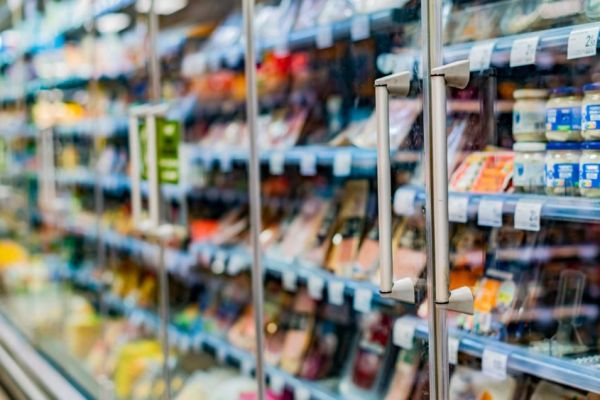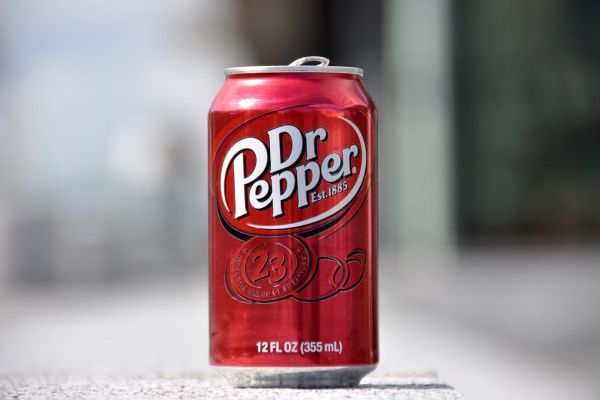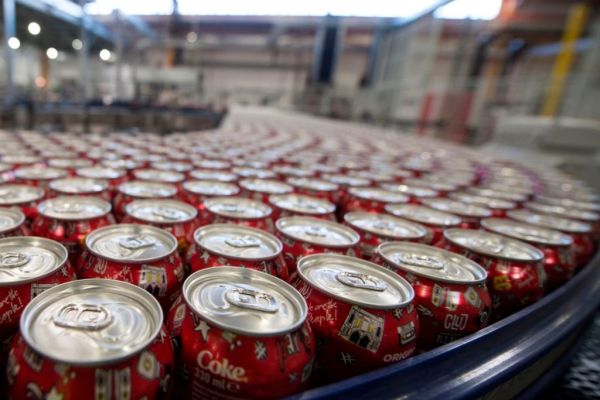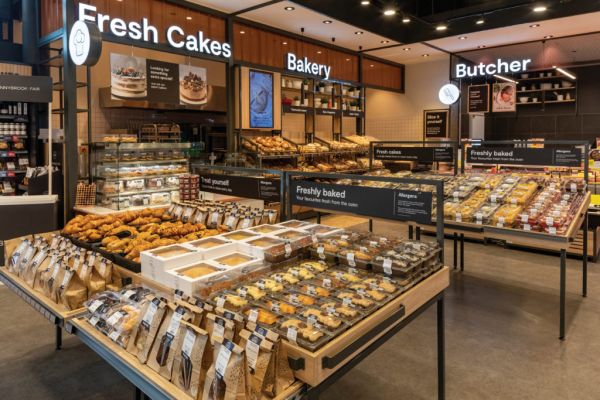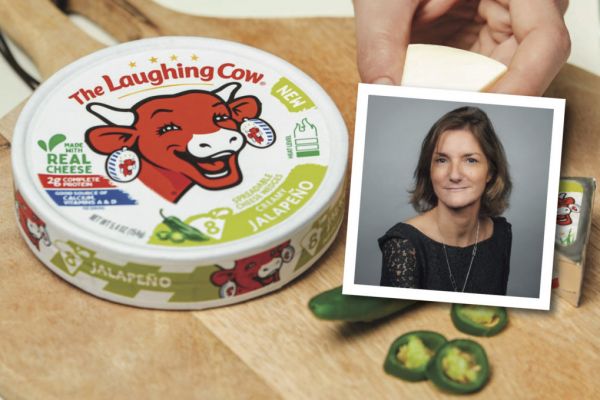Ananda Roy, SVP, CPG Growth Insights & Thought Leadership - Circana, examines why a rethink of product development might be required in a rapidly changing landscape.
In today's fast-paced consumer goods landscape, the ability to innovate and launch successful products has never been more difficult. New product launches can be a gamble when there is increasing competition for shelf space at a time when the industry is experiencing declines in sales volumes of FMCG products.
However, there is no doubt that it can add immense value too, giving brands the opportunity to expand an existing portfolio or even create an entirely new one.
New Product Launches Declining
Despite the benefits of innovating, Circana’s recent European Innovation Pacesetters study – a comprehensive review of new product launches across Europe over the last two years - shows that the number of new FMCG products launched has declined in the last year.
Still in the grip of inflationary turbulence and struggling demand, manufacturers launched 16% fewer innovations; just 144,432 new products across Europe in 2022 compared to 172,997 in 2021.
Fewer innovations reflected both manufacturers and retailers prioritising their existing core ranges to maintain availability on shelves to protect volume and share, and perhaps declining confidence in commanding a premium price typically associated with new products.
This shortfall of innovation clearly puts manufacturers at risk of missing out on the premium pricing that new product launches deliver and the chance to expand market share.
Agile, Smaller Manufacturers Launch More New Products
According to the same report, small and mid-sized businesses were responsible for 75% of all new products launched, but this contributed less value to sales, at just 68%.
These smaller companies are agile, exploring new trends and adapting to evolving consumer needs.
As a result, they have managed to remain competitive. This is especially true for products that are more versatile and tailored towards specific customer needs that combine distinctive products with innovative new services, or are highly personalised to the evolving lifestyle of consumers following the pandemic.
The Appetite For New Products Is Still Strong
As expected during this period of tough economic pressure, more than half of shoppers we surveyed for the study expected new products to be at a lower price.
However, some consumers have shown a continued interest in new product launches, especially products that are 'better for them' and the environment, or have more versatile features that are relevant to their needs. They expect claims made by new products to be believable and independently verifiable, or endorsed by their family or friends more than influencers.
In today’s era of smarter and more savvy shopping behaviours that we see ‘prosumers’ adopting, value for money is now expected. FMCG brands must look to explore innovative ways to continue to meet consumer needs effectively.
Fewer Innovations, More Value Derived
Despite 16% fewer new product launches in 2022, they continue to add significant value to the FMCG sector in both value and unit sales ahead of the total FMCG category. This demonstrates how innovations continue to be resilient, driving demand despite inflationary headwinds.
Eight in ten new product launches struggle to achieve their full potential, with only 6% delivering over half a million euros per SKU within the first year. The superstars – around 4,000 products – delivered more than €1 million per SKU in value sales, outperforming the total market and demonstrating the ability to contribute more value for manufacturers brave enough to continue to invest in innovation despite continued turmoil.
For example, in chilled and fresh food, manufacturers tapped into healthy eating trends such as plant-based ingredients, sourced from traceable, sustainable sources. Pet food innovation also rose by a tail wagging 39% as manufacturers responded to pet owners looking for better quality, more variety and healthier options for their pets.
Innovation in beer, wine and spirits focused on specific growth segments such as low/no alcohol and ready-to-drink spirits as consumers sought to replicate the out-of-home hospitality experience at home.
Retailers have not been left behind. They have been investing in innovations for decades in many areas such as in-store merchandising, retailer media, sustainability, pricing and promotions, loyalty programmes and the transformation of private labels.
Indeed, 60% of consumers we surveyed in 14 countries globally now feel private labels are as good as national brands in terms of quality and innovativeness. The continued investment retailers have made in private labels to deliver on claims and address sustainability concerns mean they are trusted by shoppers.
Read More: The Rise of Private Label – How Store Brands Are Continuing To Surge Forward
Range Rationalisation Makes It Harder For New Products To Survive
With continued range rationalisation from retailers who want to maximise the return on shelf space by axing slower selling items, it is harder than ever for new products to survive.
The average new product achieves only 59% of the value and 51% of the volume of an existing product being swapped out of the shelf, whereas superstars and rising stars can deliver significantly greater incremental sales and value.
Retailers face a difficult decision, yet there is a cutting-edge solution.
Advanced data analytics tools can help both brands and retailers identify the combinations of claims and attributes that have the greatest ability to drive sales. Demand forecasting and promotion analytics can keep physical availability clinically focussed on those stores with the greatest ability to deliver maximum sales velocity.
For example, 57% of products launched in 2021 did better in terms of sales performance in their second year, showing how consumer trial, experience, distribution power and brand equity can contribute to topline growth if brands hold their nerve and continue to invest in innovations despite the current trading environment.
Read More: Unit Sales Decline 1.1% Across European Markets Amid High Inflation: Circana
Signals Are Strong For Innovation Success, If Done Right
While it is positive to see more value being generated from fewer innovations, further range rationalisation and fewer innovations could strangle the longer-term health of the category, since new products drive category interest as much as they do for the innovation.
To remain competitive, brand owners need to make the benefit of the innovation relevant to evolving consumer needs. They need to tap into and market the transformation, not just the product feature. A targeted innovation strategy can help address the relentless search for growth in 2023 and beyond, especially as we continue to see the rules of the consumer goods category being re-written.
This evolving innovation eco-system will be the driving force for change across an industry struggling to cope with the changing consumer landscape.
© 2023 European Supermarket Magazine – your source for the latest A-Brands news. Article by Ananda Roy. Photo by ©monticello/123RF.COM. Click subscribe to sign up to ESM: European Supermarket Magazine.
